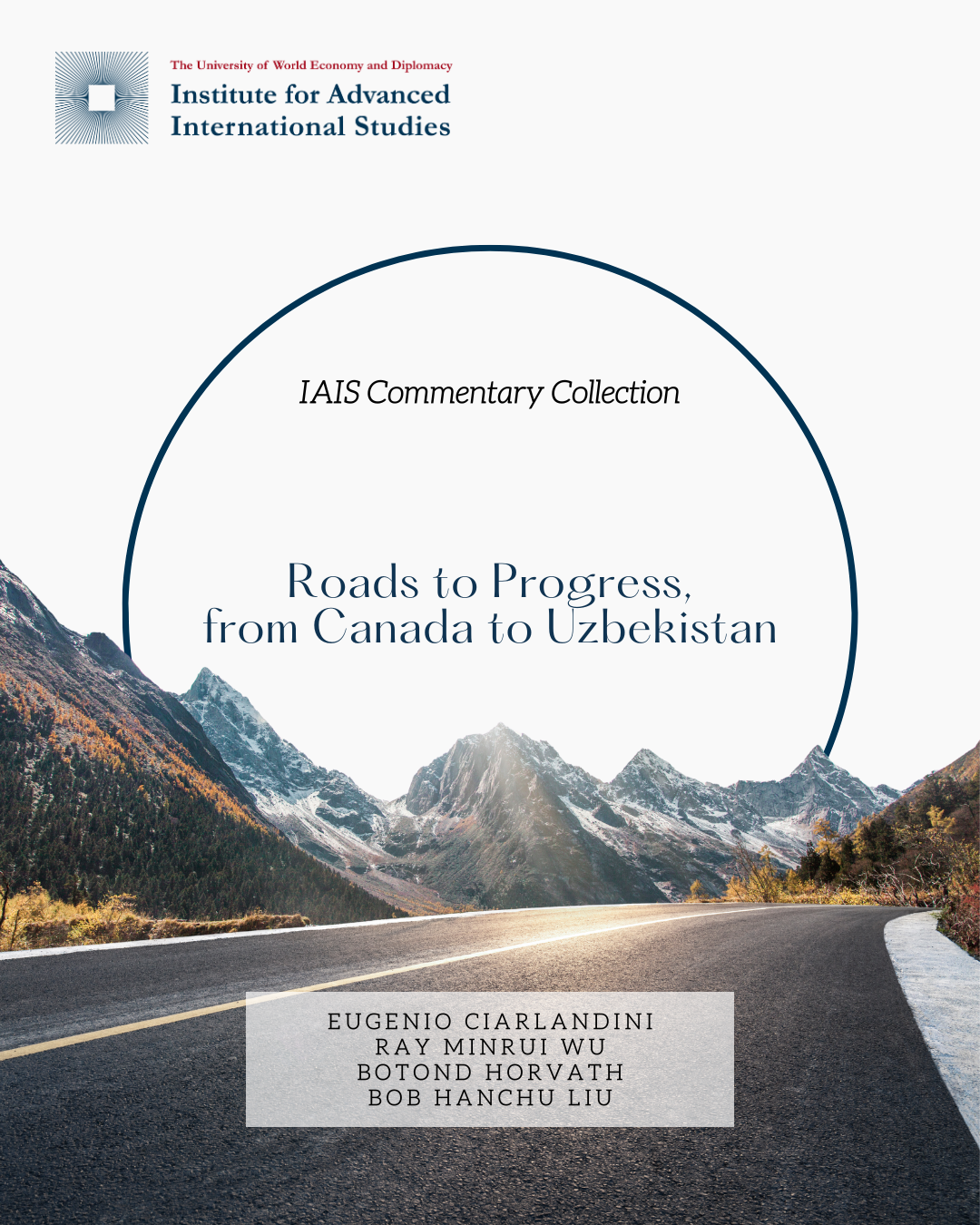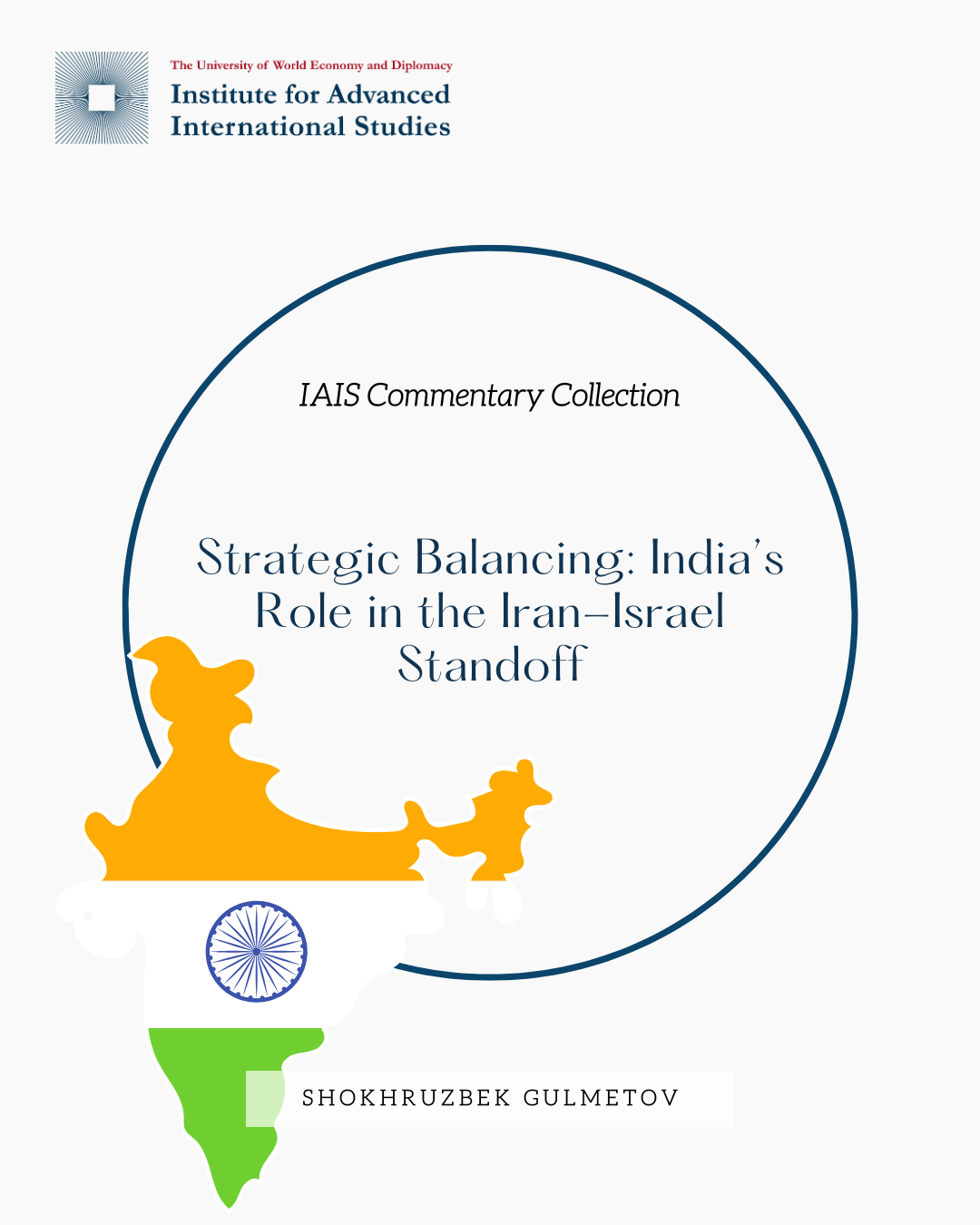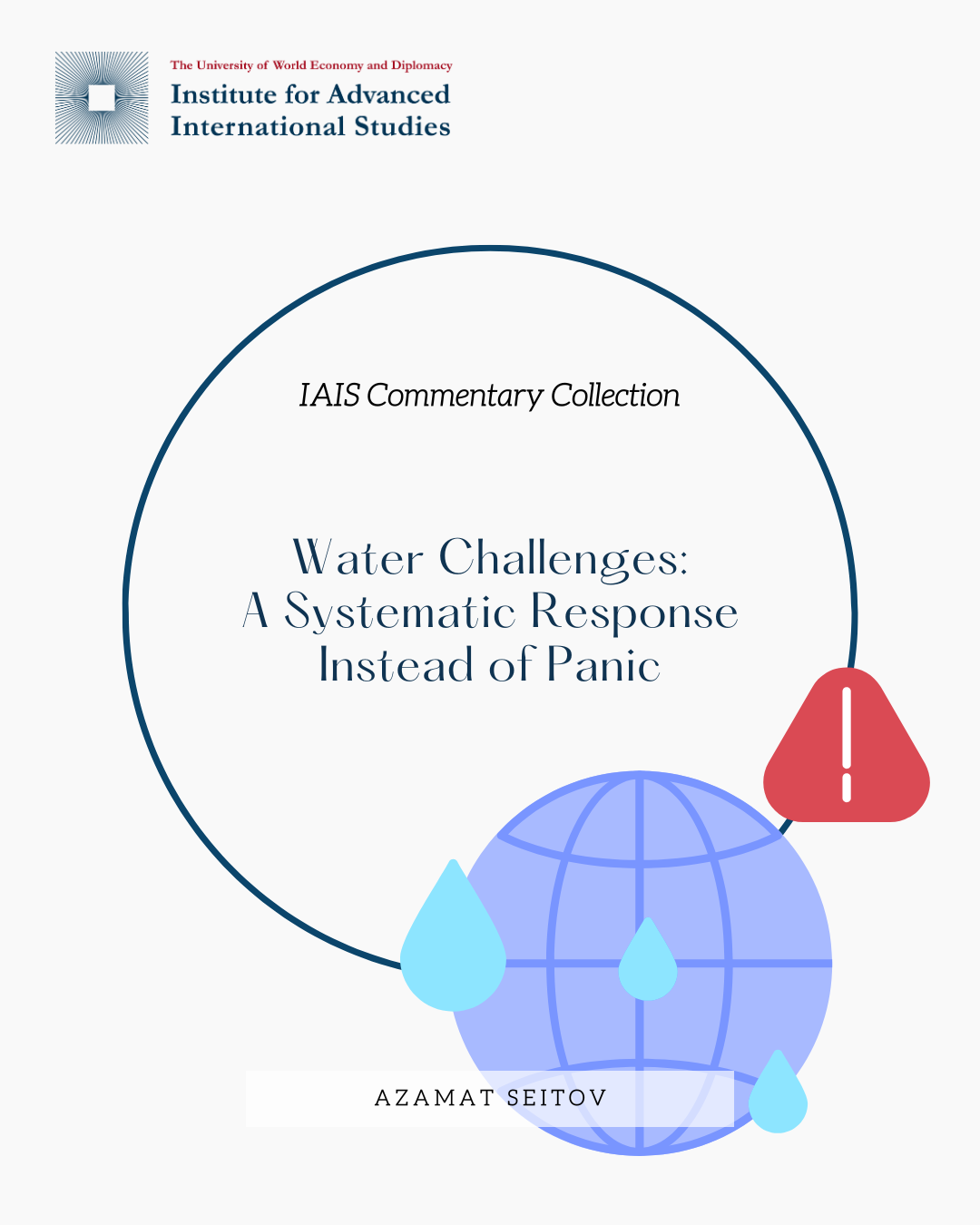By Shokhruzbek Gulmetov
The Iran-Israel confrontation has evolved beyond a regional dispute, drawing close attention from the wider international community. In response to recent developments, major global players have taken clear positions, reflecting their respective strategic interests. India, long viewed as a key partner of the Islamic Republic of Iran and consistently recognizing Tehran’s regional significance, has taken a cautious and calibrated approach. Unlike several other members of the Shanghai Cooperation Organization (SCO), New Delhi refrained from issuing any direct condemnation of Israel, instead calling for de-escalation and maintaining a position of formal neutrality, albeit with subtle indications of diplomatic alignment with Tel Aviv.
Converging Political Outlooks
To understand India’s motives for abstaining from condemning Israel’s actions, it is essential to examine the nature of India-Israel relations, particularly in the political and strategic domains. New Delhi’s decision not to align with the joint SCO position reveals a pragmatic approach to foreign policy. When both parties to a conflict represent important partners, states often opt for neutrality, guided by national interests and long-term strategic calculations.
In India’s case, cooperation with Israel has been steadily expanding across sectors such as defense, technology, and intelligence. Following the October 2023 attacks by Hamas on Israeli territory, India expressed solidarity with Tel Aviv. In turn, during India’s “Sindhur” operation on Pakistani territory, Israel offered diplomatic support to India, a move that drew concern from the international community due to reports of civilian casualties.
In April 2025, Israeli President Isaac Herzog, during a meeting with India’s new ambassador, emphasized the importance of deepening bilateral ties, especially in the field of geostrategic cooperation. He also noted Israel’s generally favorable perception of India. On the morning of June 13, 2025, the UN General Assembly adopted a resolution calling for a ceasefire in Gaza. India abstained from the vote, despite traditional Israeli allies such as France, the United Kingdom, and Germany having supported the resolution.
India’s behavior reflects its effort to maintain a delicate balance in its relationships with key partners, particularly Israel. However, its abstention on a humanitarian resolution raises questions, especially given the alignment of Indian and Israeli approaches to various developments in the Muslim world. This position may be interpreted as a lack of sufficient sensitivity to the humanitarian aspects of the conflict.
New Delhi’s Economic Priorities
India-Israel relations are rooted not only in political alignment but also in expanding economic cooperation, which New Delhi considers more promising than its projects with Iran, such as the Chabahar Port or the North-South Transport Corridor. In February 2025, the India-Israel Business Forum brought together over 100 leading companies. At the forum, Israel’s Minister of Economy emphasized the geopolitical importance of strengthening partnerships with India and the United States, reflecting Tel Aviv’s strategic pivot toward Asia.
Economic data highlights New Delhi’s pragmatic choice: in 2024, trade between India and Iran totaled USD 4.13 billion, whereas trade with Israel reached USD 6.53 billion, despite a decline from 2023, when it had exceeded USD 10 billion. Indian Minister of Commerce and Industry Piyush Goyal stated that trade volumes between India and Israel should be increased tenfold, underscoring the prioritization of economic dialogue with Israel.
Beyond bilateral projects, multilateral economic initiatives also play a crucial role in bringing India and Israel closer together. Notable among them are the I2U2 coalition (India, Israel, the U.S., and the UAE) and the India-Middle East-Europe Economic Corridor (IMEC). I2U2 focuses on key areas, including food security, sustainable energy, and the private sector. It envisions up to USD 2 billion in investments for agro-industrial parks in India, along with projects to reach 500 GW of clean energy capacity by 2030.
Initiated with U.S. support, IMEC offers India direct and stable access to Middle Eastern and European markets, circumventing unstable transit routes. Amid sanctions on Iran and Russia, New Delhi views IMEC as a more reliable and advantageous alternative to the North-South Corridor. For the U.S., IMEC represents not only an infrastructure initiative but also a strategic counterweight to China’s Belt and Road Initiative, as well as a vehicle for deepening ties with India in the context of regional balancing.
India’s participation in these multilateral formats strengthens its economic ties with Israel and the U.S., while also helping explain New Delhi’s cautious foreign policy stance in the Iran-Israel context.
Military-Technical Cooperation
Israel has proven to be a reliable strategic partner for India, particularly in enhancing its defense capabilities during periods of heightened tensions with Pakistan. During Operation Sindhur, Israel provided substantial support, including medium-range air defense systems such as the Barak 8, as well as precision strike drones like the HAROP. The latter, classified as loitering munitions, proved effective in targeted strikes against strategic enemy assets.
The effectiveness of Israeli drones was also observed during the conflict in Karabakh, where they were deployed by Azerbaijan. India-Israel military-technical cooperation goes beyond arms deliveries. It encompasses joint exercises, cybersecurity collaboration, joint development of advanced defense technologies, and training of personnel. This comprehensive approach enhances not only operational interoperability but also the strategic resilience of the partnership.
Support in the Sphere of Digital Diplomacy
Beyond conventional military cooperation, Israel’s support for India extends into the digital realm. Digital diplomacy has emerged as a vital instrument for strengthening bilateral relations, particularly in the absence of a shared border. On various online platforms, there is a noticeable level of mutual understanding and friendly interaction between the governmental institutions of the two countries and their civil societies. Through digital channels, New Delhi and Tel Aviv successfully carry out joint cultural, educational, and scientific initiatives, significantly contributing to the development of a positive bilateral image and mutual trust between the peoples.
Conclusion
An analysis of India-Israel relations highlights New Delhi’s pragmatic and adaptive foreign policy, which aims to balance interests amid shifting global dynamics. In the context of rising tensions, including the Iran-Israel conflict, India avoids unilateral positions while maintaining ties with key actors.
Cooperation with Israel in technology, security, and trade is important but not exclusive. India preserves strategic flexibility and remains open to recalibrating partnerships based on regional shifts and national priorities, avoiding rigid commitments in favor of diplomatic maneuverability.
* The Institute for Advanced International Studies (IAIS) does not take institutional positions on any issues; the views represented herein are those of the author(s) and do not necessarily reflect the views of the IAIS.






